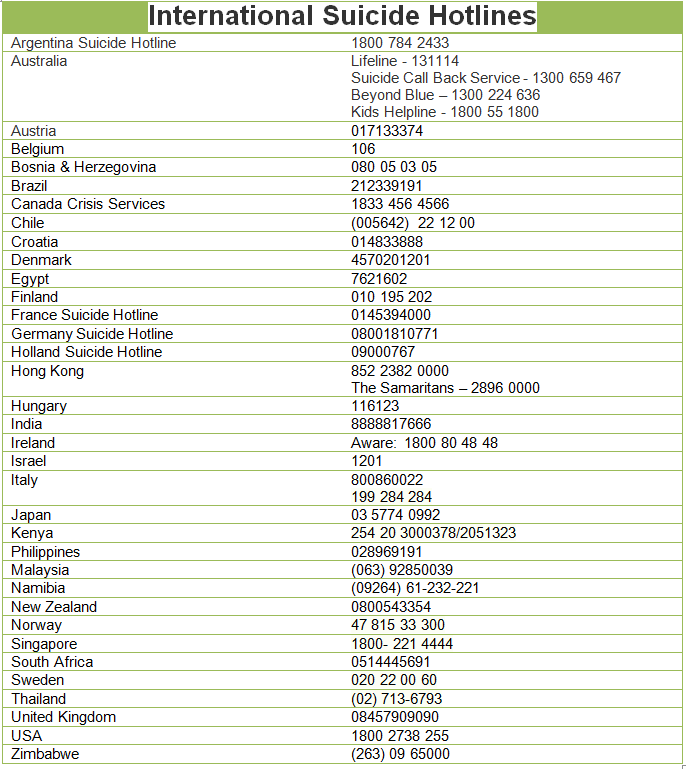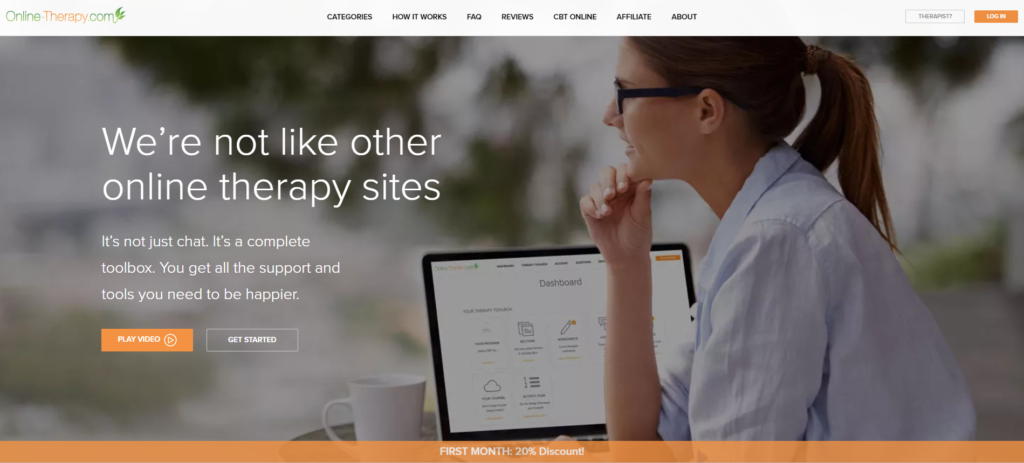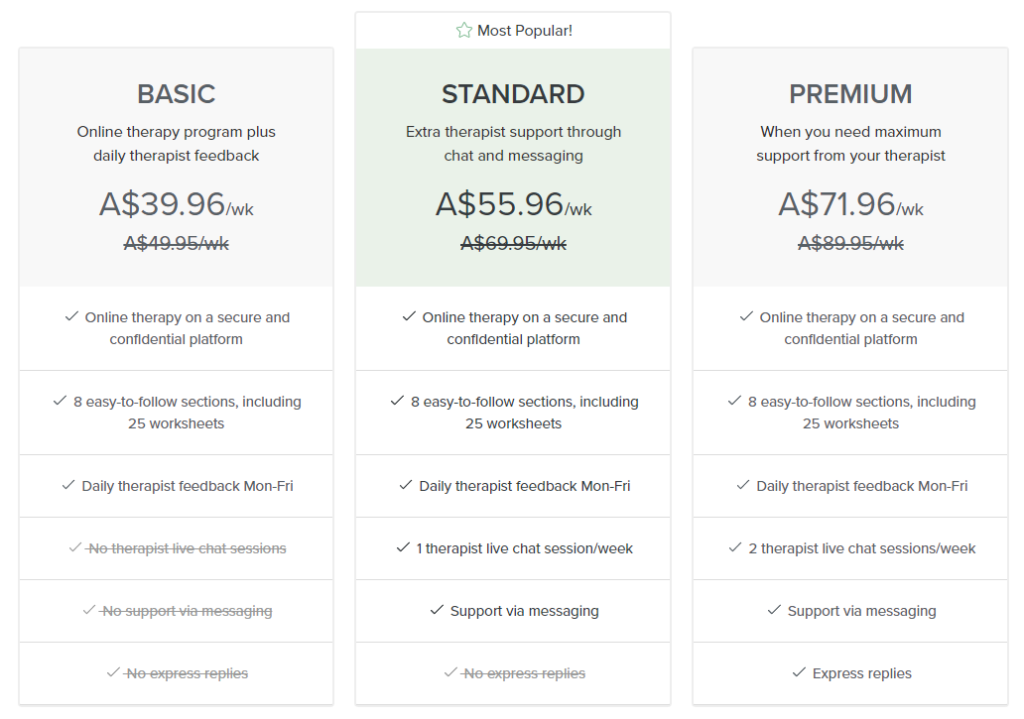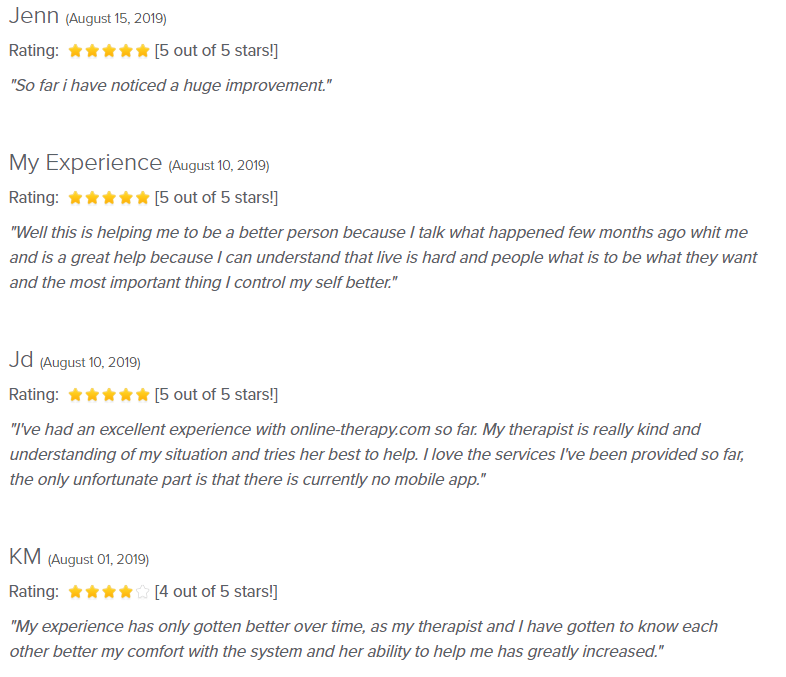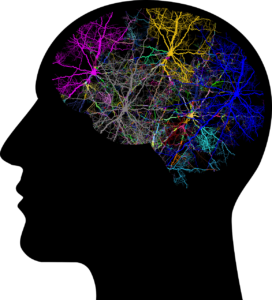A Review of the Anxiety Healing Program
Having anxiety can be a real pain in the you-know-what! Have you ever experienced anxiety yourself? If you’ve experienced it in you know how hard it can be to shift when it’s in full swing. Having lived a life with anxiety on and off myself for so long I decided to do a review of the Anxiety Healing Program to find out if it works or not.
As anxiety is a very common experience for many people, children, adolescents and adults alike, it’s time to find ways to learn how to manage it and even overcome it. This may be easier for some than others.
There are many ways to work on managing anxiety and healing from its impact on your life. I’ve written another post here if you want to know more about the wide range of ways to cope with it. Let’s look at whether The Anxiety Healing Program can be included as an additional tool for dealing with anxiety.
What is The Anxiety Healing Program?
This program utilizes the therapeutic value of Cognitive Behavioural Therapy or CBT for short. This therapy helps one to analyze and gently challenge what one is thinking without judgment. Often our thoughts go into a negative spin if we are stressed or have developed a set pattern of thinking and responding to particular situations. By working on our thoughts and their direction through focussed CBT work, we can become more aware of what our thoughts are telling us and how they are influencing how we feel and act.
The program has 9 MP3 audio downloads that are instantly available upon purchasing the program.
It also comes with either a PDF version or spiral-bound print journal, depending on which you level of program you decide to purchase.
Who Can Do The Anxiety Healing Program?
This program is available for anyone from the age of 12 yrs and over. It can be done with the support and help of a parent or caregiver or followed and completed individually.
Anxiety Healing Program for Adults -$119.99
Anxiety Healing Program for Missionaries -$119.99
Anxiety Healing Program for Teens -$119.99
Anxiety Healing Program for Young Adults -$119.99
Spiral-bound Premium Journal – $19.99
There can be a number of reasons why anxiety is present in one’s life. It’s important to recognize and acknowledge that it’s an issue.
Ask yourself how does anxiety affect you? Does it stop you from doing things you actually want to do?
Simply ignoring it and hoping it will go away won’t make it go away. If anything, if you try to push it away inside your mind, you may even make it worse.
Consider letting others know what’s going on for you if you feel you can trust them. They might even be able to support you on your journey of healing and be on your side as you work through the challenges you have with it.
Being proactive and working on how to overcome anxiety is a positive step towards being free of this condition and its impact on your life.
Therapeutic Model
It uses Cognitive Behavioural Therapy which has many years and extensive scientific research creating long-lasting effective changes for those experiencing anxiety.
It does require the individual to apply the ideas to their own lives and commit to doing the work that is required. No one can overcome any mental health issue without being reflective of what’s happening for them. It takes one to be personally responsible for the work and effort that goes into therapy. Unfortunately, no one has a magic wand to magic away the pain or psychological issue.
It comes with 9 instant downloads, the first being an introduction, the rest are the actual program content. Although it might be tempting to try to do all of the sessions as fast as possible, try to pace yourself with them.
I don’t recommend doing it all at once in a couple of days. Emotional healing requires a bit of time to reflect on one’s thought patterns and processes. It takes time to reflect on your responses to situations and incorporate the learnings from the program. It’s recommended that you do at least one per week, maybe 2 if you feel that you are able to progress further.
How it Works
The first part involves the creator, Kate, lead 4 different individuals through a prerecorded CBT coaching session.
Each person in the program addresses a different type of anxiety:
- General Anxiety Disorder (GAD),
- Panic disorder,
- Social anxiety, and
- Situational anxiety
While doing the program you will learn what kind of anxiety you experience.
You will also learn how to use different types of coping tools and how to apply them to your situation.
You can listen to each session as often as you need to.
The program also shows how the participants in the sessions experience their anxiety and how they use the tools to help them manage it.
The second part of the program involves using the journal. This is an important step in the program as it is where you record what type of anxiety you have and what situations trigger you to feel anxious. It also helps you work out which tool is most beneficial for you.
You can listen to the audios anywhere at your convenience.
About the Creators
Kate Wirig (MA-Psych)
Kate created this program as she had seen first hand with a close friend the extent of their mental anguish and not getting the support they needed. She saw the amount of time her friend had spent trying to overcome the anxiety. She also realized how costly it had been for them.
Kate wanted to make it easier for anyone experiencing anxiety to be able to have a program that works and was easy to access.
Kate has completed a Masters in Psychology, with an emphasis on Marriage and Family Relationships and a Bachelor’s Degree in Psychology majoring in Neuroscience.
She has also won awards including Brigham Young University’s “Circle of Honor” Award and the Juvenile Diabetes Research Foundation “Hope of the Future” Award.
Stuart Squires
Stuart has completed a Masters in Social Work. He has 10 years of experience working with families and individuals to work through depression, anxiety, defiance, unhealthy communication, addiction, and abuse.
Stuart has worked in a wide range of treatment settings such as outpatient therapy, residential treatment, and intensive outpatient family treatment. He helps people with positive thinking, healthy coping strategies, and honest communication skills.
Pros
- It can be done in the comfort of one’s home. No risk of being seen by anyone attending an office (some people find this difficult to do)
- No stress about finding a park or dealing with the commute to an office.
- One therapy session costs more than the total cost of this program.
- It is the equivalent of 8 CBT face to face therapy sessions.
- There is no ongoing subscription, unlike some mental health online services.
- Easier access for those with mobility issues.
Cons
- The only con I think is that since there’s no ongoing subscription, it means there is no access to a support counselor to talk through any issues one might face with doing the program.
- It also requires the individual to have the capacity to do this either on their own or with personal support.
Customer Reviews
Here are a few stories of those who have experienced anxiety in their lives and found The Anxiety Healing Program helped them through.
My Recommendation
Yes: I would highly recommend this program
Rating out of 5: ✮✮✮✮✮
My reasons for the high rating:
- It can be done from the comfort of one’s own home.
- No Subscription is Necessary.
- More affordable than seeing a therapist face to face on a regular basis.
- Fewer issues with parking and traffic.
- Implements a reliable and scientifically backed therapeutic model.
- It helps one to focus on relieving and overcoming the anxiety they feel.
- CBT is a very effective tool to help work through anxiety
- It’s structured which helps one work through it at their own pace.
Final Words
So if you are looking for a way to overcome your experience of anxiety, consider this program to help you heal from the pain and suffering that anxiety can cause. It will take personal work and a commitment to reflecting on how you are affected by anxiety in your life. But doing nothing will make things worse and stop you from enjoying what life can offer.
Click on the button below to get instant access to a brighter future.

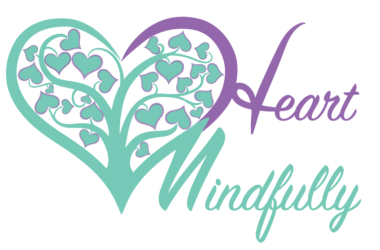
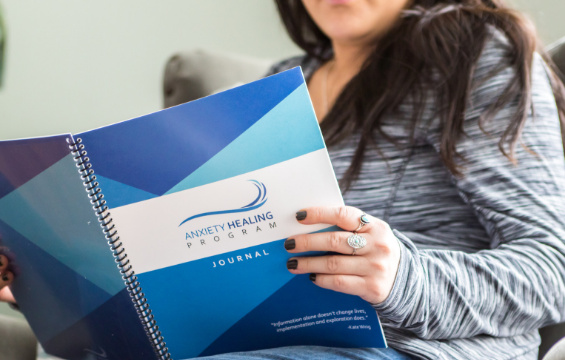

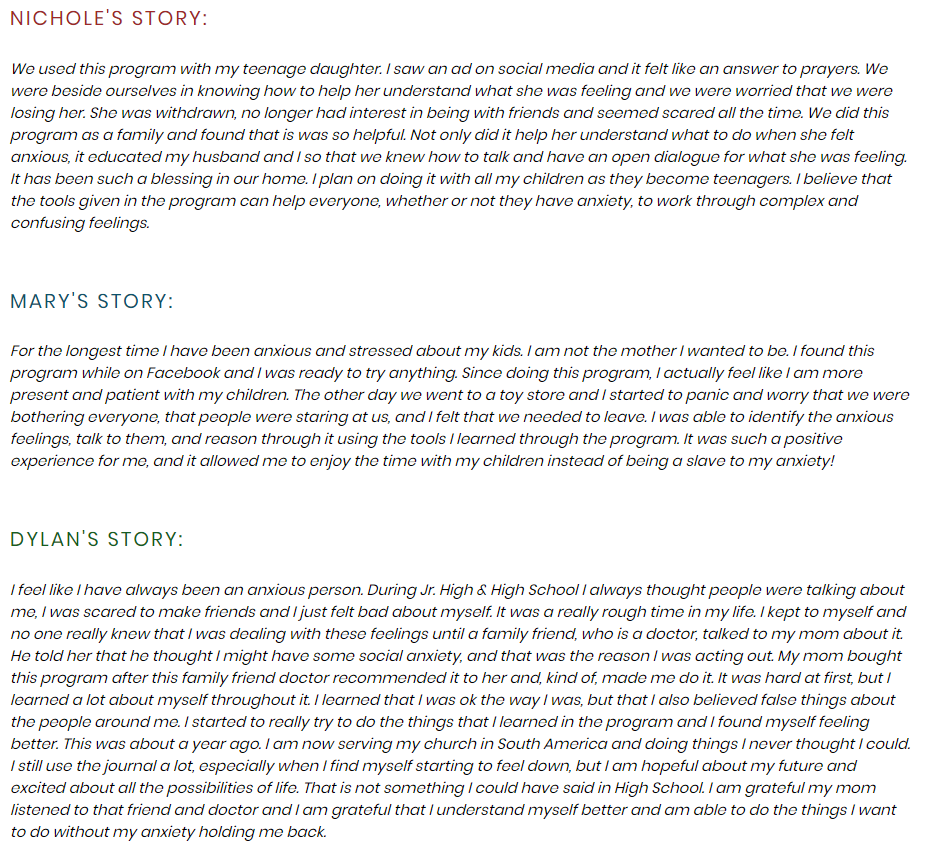



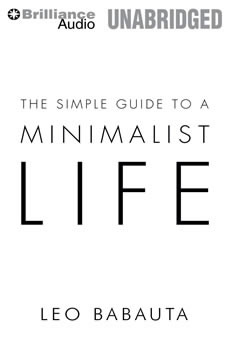

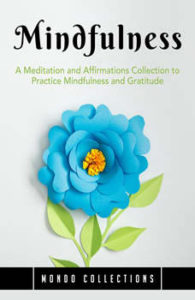
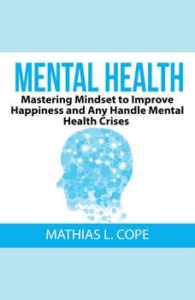
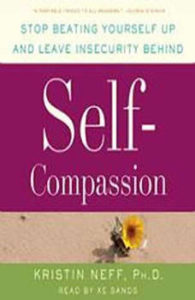








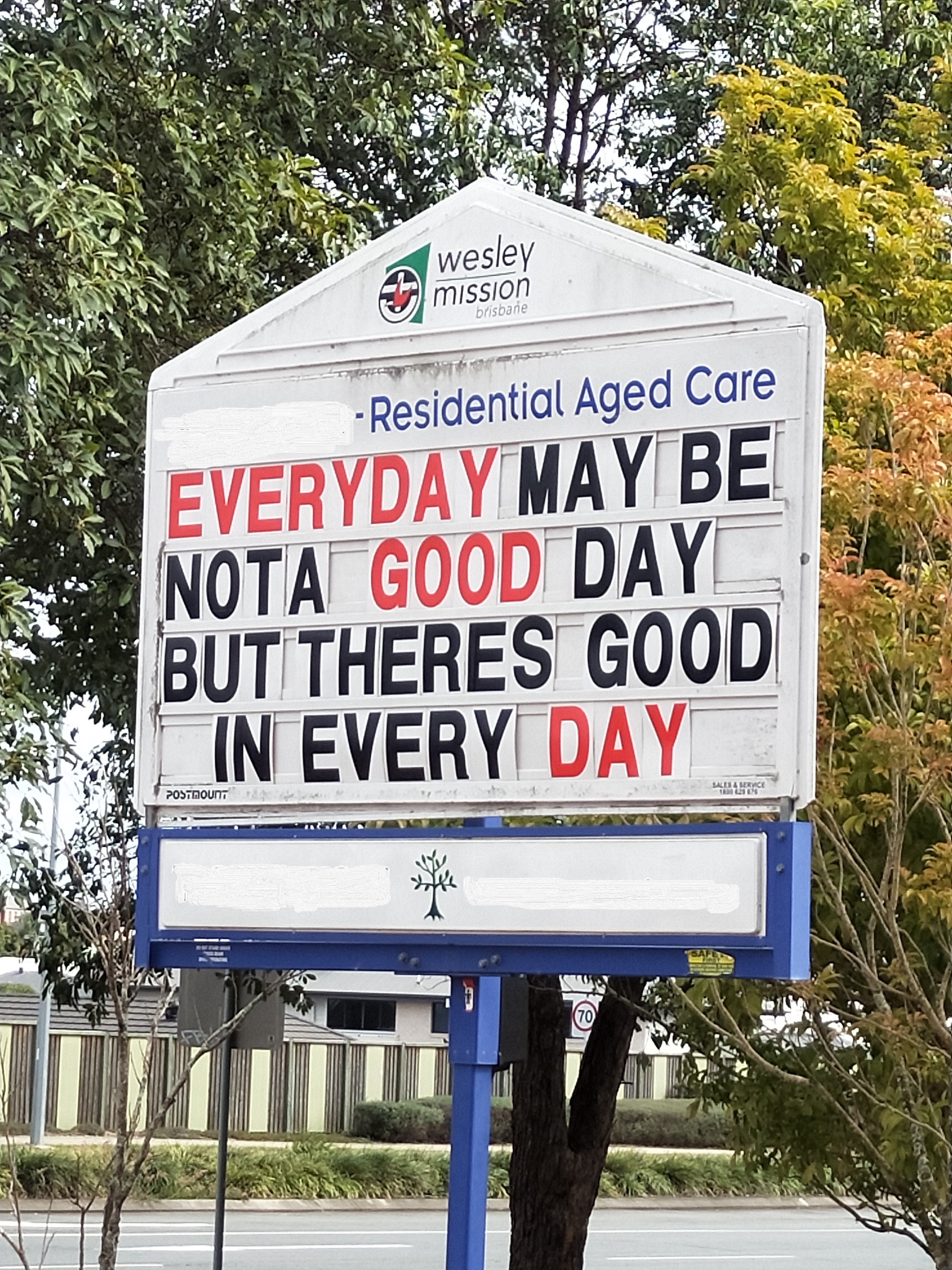
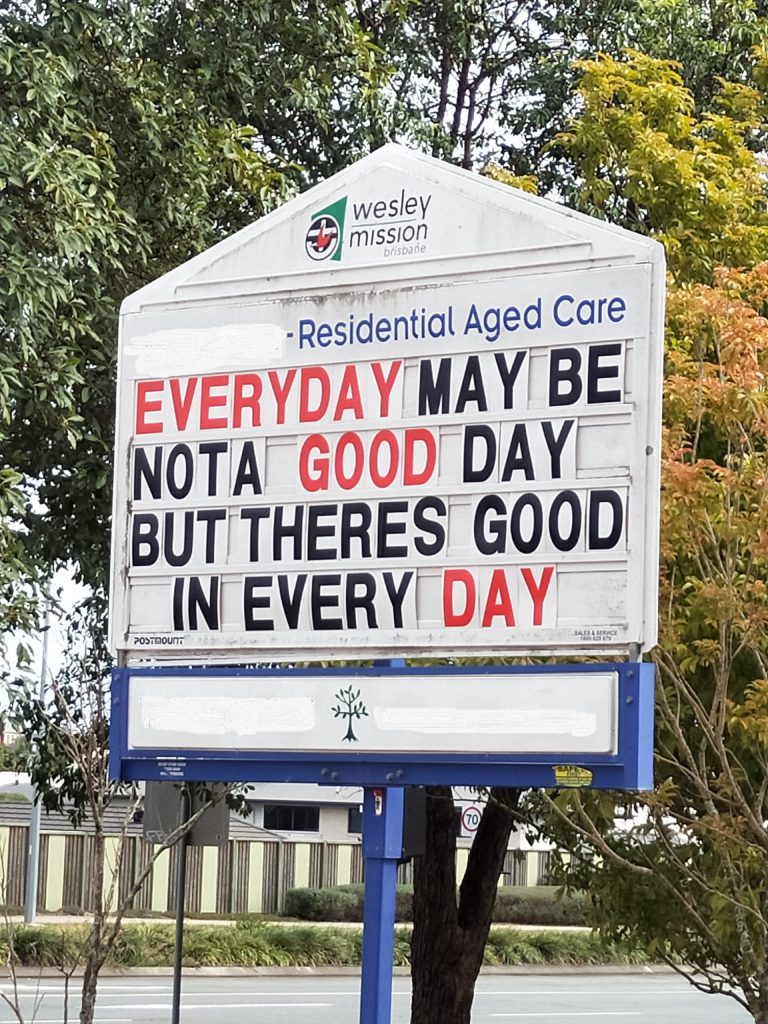


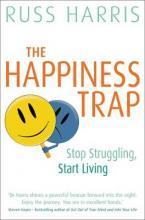



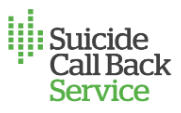







 If you are struggling to keep yourself safe due to suicidal thoughts, or have immediate intention to act on these thoughts, you or a friend can call an ambulance. They will take you to the nearest hospital where you can talk with mental health workers who can support you through this difficult time.
If you are struggling to keep yourself safe due to suicidal thoughts, or have immediate intention to act on these thoughts, you or a friend can call an ambulance. They will take you to the nearest hospital where you can talk with mental health workers who can support you through this difficult time.

